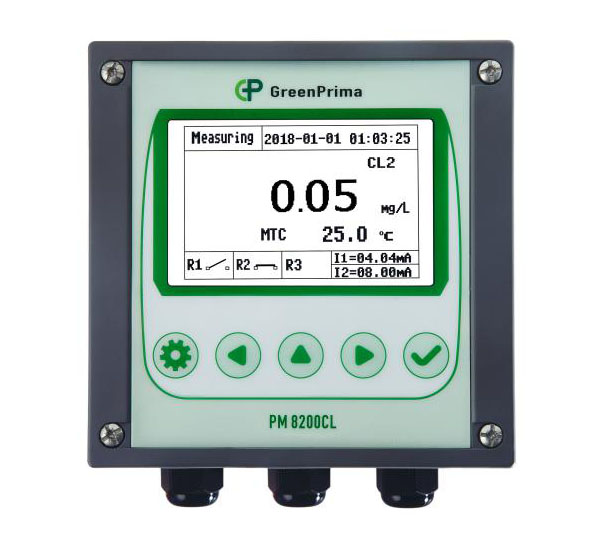Chlorine is used to kill bacteria and algae to keep water clean and healthy. There are three types of chlorine.
Free chlorine is the amout of chlorine available to disinfect and sanitize the water, and defined as the concentration of residual chlorine in water present as dissolved gas(Cl2), hypochlorous acid(HOCl), and/or hypochlorite ion(OCl-).
Combined chlorine is defined as the residual chlorine existing in water in chemical combination with ammonia or organic amines which can be found in natural or polluted waters. Ammonia is sometimes deliberately added to chlorinated public water supplies to provide inorganic chloramines. This process is generally regerred to as “chloramination”.
Total chlorine is the sum of free and combined chlorine. When chlorinating most potable water supplies, total chlorine is essentially equal to free chlorine because the concentration of ammonia or organic nitrogen compounds (needed to form combined chlorine) will be very low. When chloramines are present in a municipal water supply, total chlorine will be higher than free chlorine. In a word, The level of total chlorine should always be greater than or equal to the level of free chlorine.
PM8200Cl is designed for real-time monitoring the concentration of free chlorine in different kinds of water, for example, drinking water, swimming pool... It features 4-20mA,low maintenance costs, easy to install, strong an-interference, measuring stability and reliably.
